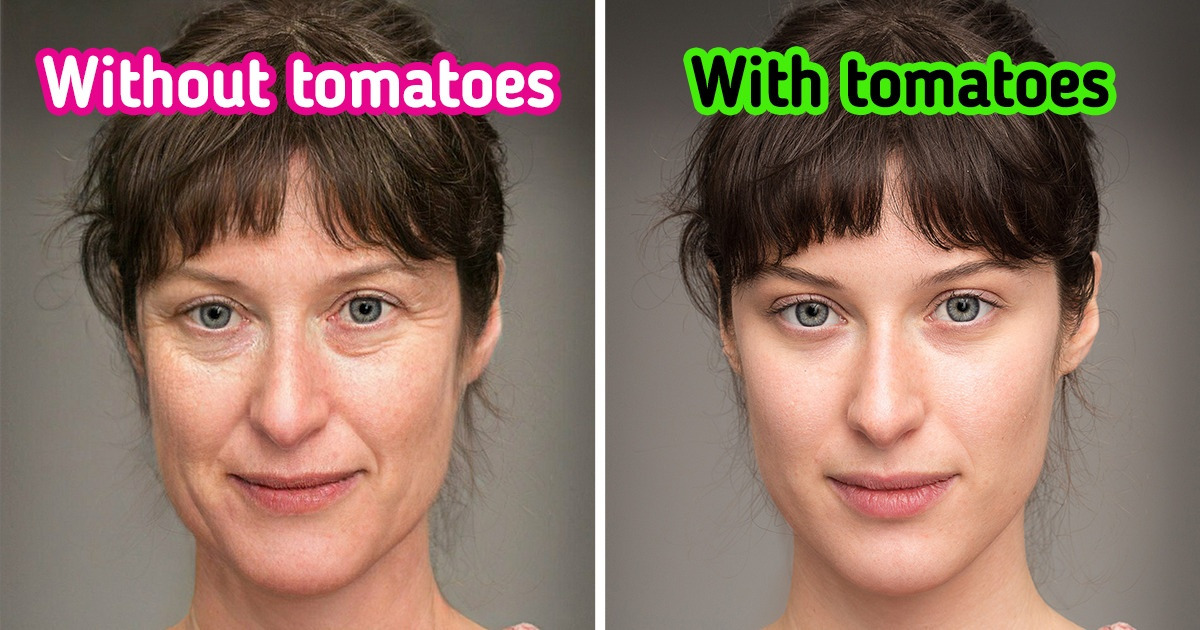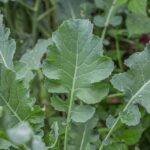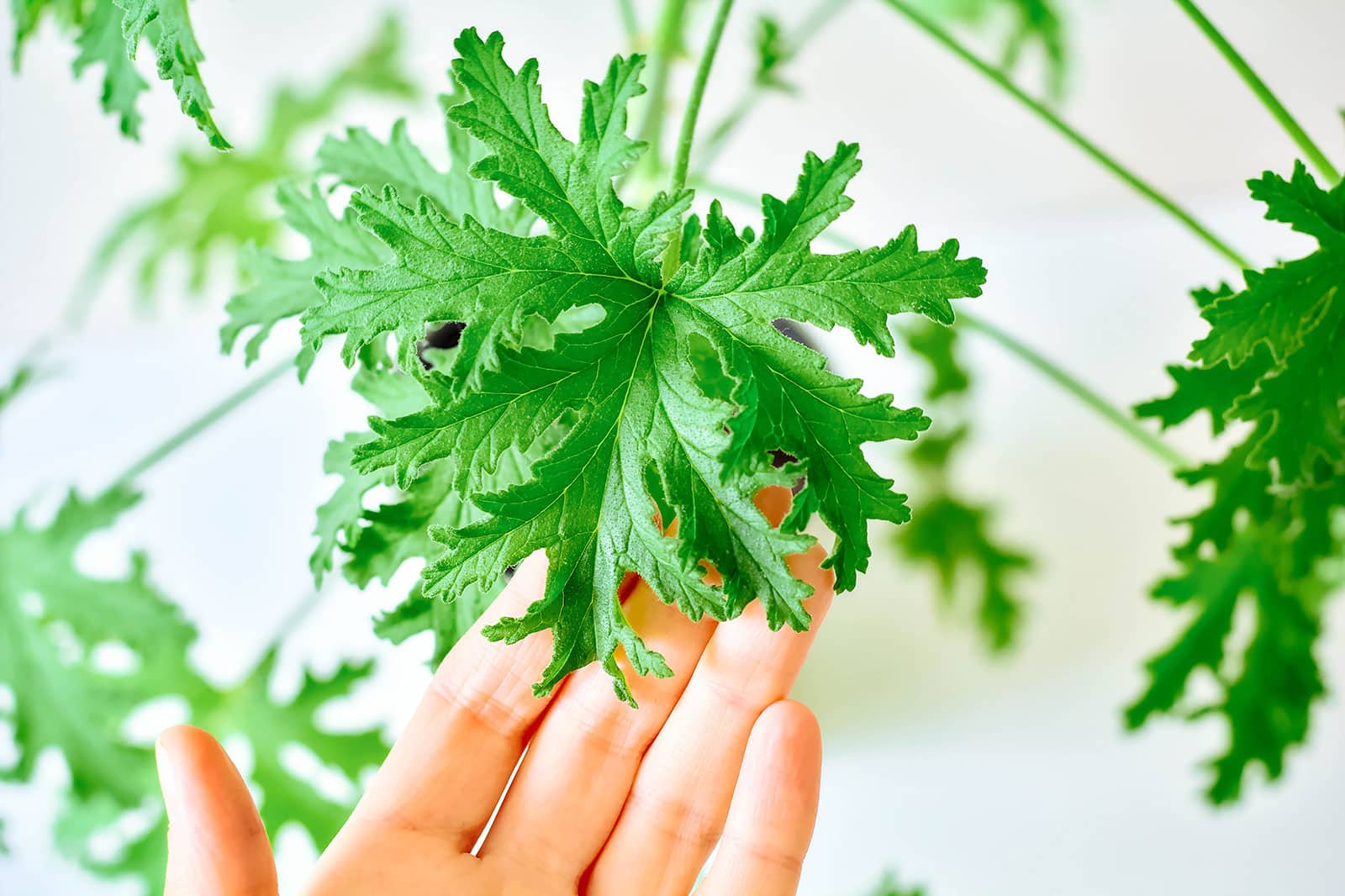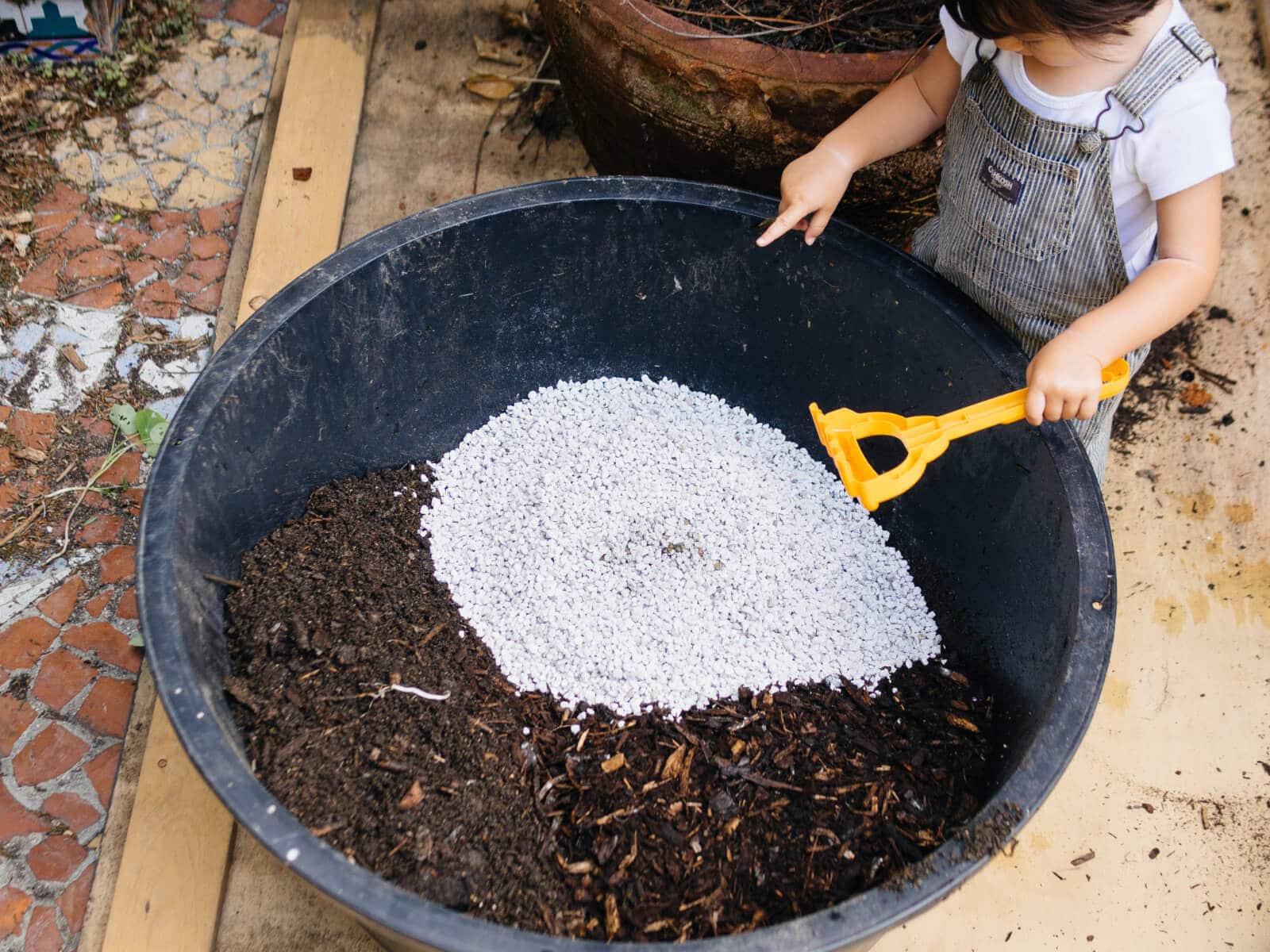Tomato plants are a staple in gardens and kitchens worldwide, their red, juicy fruits a symbol of summer’s bounty. But when it comes to the rest of the plant, particularly the leaves, there’s a swirl of mystery and caution. Can you eat tomato leaves? The common belief may be no, but there’s more to this story than meets the eye.
The pungent smell of tomato leaves may invoke curiosity. If tomatoes are edible and delicious, what about their green counterparts? Could they be an untapped culinary resource, or are we right to leave them off our plates? Let’s delve into this leafy enigma.
Can You Eat Tomato Leaves?
While many gardeners might toss tomato leaves into the compost bin without a second thought, these aromatic greens are indeed edible. The surprise twist here is that tomato leaves can add a unique flavor to a variety of dishes. Before you start plucking leaves to garnish your next meal, however, it’s important to understand how they should be prepared.
Traditionally, tomato leaves have been thought of as toxic due to their belonging to the nightshade family. However, the level of tomatine, an alkaloid present in the leaves, is actually quite low. This means that in small amounts, they are generally safe for culinary experimentation.
Just as with any ingredient new to your diet, it’s wise to start with a small quantity to ensure there are no adverse reactions. But for those looking to explore the full potential of their tomato plants, the leaves might just be an unexpected source of flavor.
Are Tomato Leaves Safe To Eat?
The safety of tomato leaves is a topic of some debate. While it’s true that they contain alkaloids such as tomatine, these compounds are present in quantities that are typically safe for consumption. Of course, like anything, the dose makes the poison.
It’s important to note that certain individuals may be more sensitive to these alkaloids, so moderation is key. Eating tomato leaves in large quantities could potentially lead to discomfort, so it’s best to use them as you would any herb – sparingly and with respect to their potency.
Before using tomato leaves, make sure they are cleaned properly, and always harvest them from healthy, unsprayed plants. This ensures that you’re not ingesting any unwanted chemicals along with your greens.
How To Cook With Tomato Leaves?
When it comes to cooking, tomato leaves can be quite versatile. They have a distinct flavor that is reminiscent of the tomato itself but with a grassy and slightly herbal note. Here are a few ways to incorporate them into your dishes:
- Infuse oils or broths with a few leaves for a subtle tomato flavor.
- Chop them up and add them to sauces, soups, or stews, much like you would with a bay leaf.
- Blend them into pesto or salsa verde for an unexpected twist.
Remember, heat tends to mitigate some of the intensity of the leaves, so adding them to cooked dishes is an excellent way to start experimenting.
One interesting approach is to dry and crush the leaves, using them as you would a dried herb. This can add a unique element to your spice rack and bring a new dimension to your culinary creations.
What Do Tomato Leaves Taste Like?
The flavor of tomato leaves is quite distinctive. While they contain the familiar fragrance of tomatoes, the leaves are more herbaceous and slightly bitter. Their flavor is sometimes compared to other green herbs like a mild version of cilantro or a combination of basil and green tomato.
When used raw, they might be too potent for some palates, but once cooked, they impart a depth of flavor that can really enhance a dish. This makes them an interesting ingredient for those looking to push the boundaries of traditional flavors in their cooking.
As for their texture, tomato leaves are relatively tender when young but can become tougher as they mature. This is why it’s generally recommended to use them in a way that allows for softening through cooking or blending.
Can Tomato Leaves Kill You?
The notion that tomato leaves can be deadly is largely exaggerated. While it’s true that they contain compounds that can be toxic, the reality is that you would have to consume a massive amount of leaves for it to be lethal.
In the context of normal, culinary use, tomato leaves are not dangerous. The key is to treat them as you would any strong herb or spice: a little goes a long way, and they should be used to complement other flavors, not dominate them.
What Are The Benefits Of Tomato Leaves?
Aside from adding a unique flavor to dishes, tomato leaves also have some nutritional potential. They contain vitamins, minerals, and other plant compounds that can contribute to a balanced diet.
Moreover, using tomato leaves is a way to practice zero-waste cooking. By utilizing the entire plant, you’re reducing food waste and getting the most out of your garden produce.
It’s also worth noting that incorporating more plant-based ingredients into your diet, like tomato leaves, can have a positive impact on overall health, contributing to a more diverse and nutrient-rich intake.
How To Harvest Tomato Leaves?
Harvesting tomato leaves is quite simple. As with any edible plant, you’ll want to ensure that you’re picking leaves from a healthy plant that has not been treated with chemical pesticides.
The best time to harvest is in the morning when the plant’s natural oils are at their peak. Look for young, tender leaves, which will be more pleasant in terms of texture and flavor.
When removing leaves, be sure to do so in a way that doesn’t harm the plant. Snip the leaves with scissors or pinch them off carefully, leaving the stem intact. This will allow the plant to continue growing and producing tomatoes.
Related Questions on Tomato Leaf Consumption
Are Tomato Leaves Safe To Eat?
Yes, tomato leaves are generally safe to eat in moderation. They contain small amounts of tomatine, which is not harmful in the quantities present in the leaves when used as an herb.
However, those with sensitivity to alkaloids or nightshade plants should proceed with caution and maybe consult a medical professional before including tomato leaves in their diet.
Which Part Of Tomato Is Not Edible?
The tomato plant has parts that are commonly eaten, like the fruit, and parts that are not commonly consumed, such as the stem and roots. While the leaves can be eaten, they’re not typically considered a standard edible part due to their alkaloid content.
It is the stem and roots, which contain higher concentrations of toxic alkaloids, that should definitely be avoided.
What Are Tomato Plant Leaves Good For?
Tomato plant leaves can be used in cooking to add flavor to dishes. They also possess various compounds that may offer health benefits, although research in this area is limited.
Additionally, they can be a sustainable choice for gardeners and cooks looking to use more parts of the plants they grow.
How To Prepare Tomato Leaves For Eating?
To prepare tomato leaves for eating, wash them thoroughly to remove any dirt or residues. Young leaves are tender and can be finely chopped or infused in cooking liquids. Drying and crushing the leaves for use as a spice is another option.
Always start with a small amount to ensure there is no adverse reaction and to gauge the intensity of the flavor.
For those interested in the culinary uses of tomato leaves, a video that demonstrates their potential is available:
Exploring the possibilities of tomato leaves in the kitchen not only broadens our culinary repertoire but also encourages a more sustainable approach to eating. With a little care and creativity, this overlooked part of the tomato plant can safely add a burst of flavor and nutrition to your meals.







